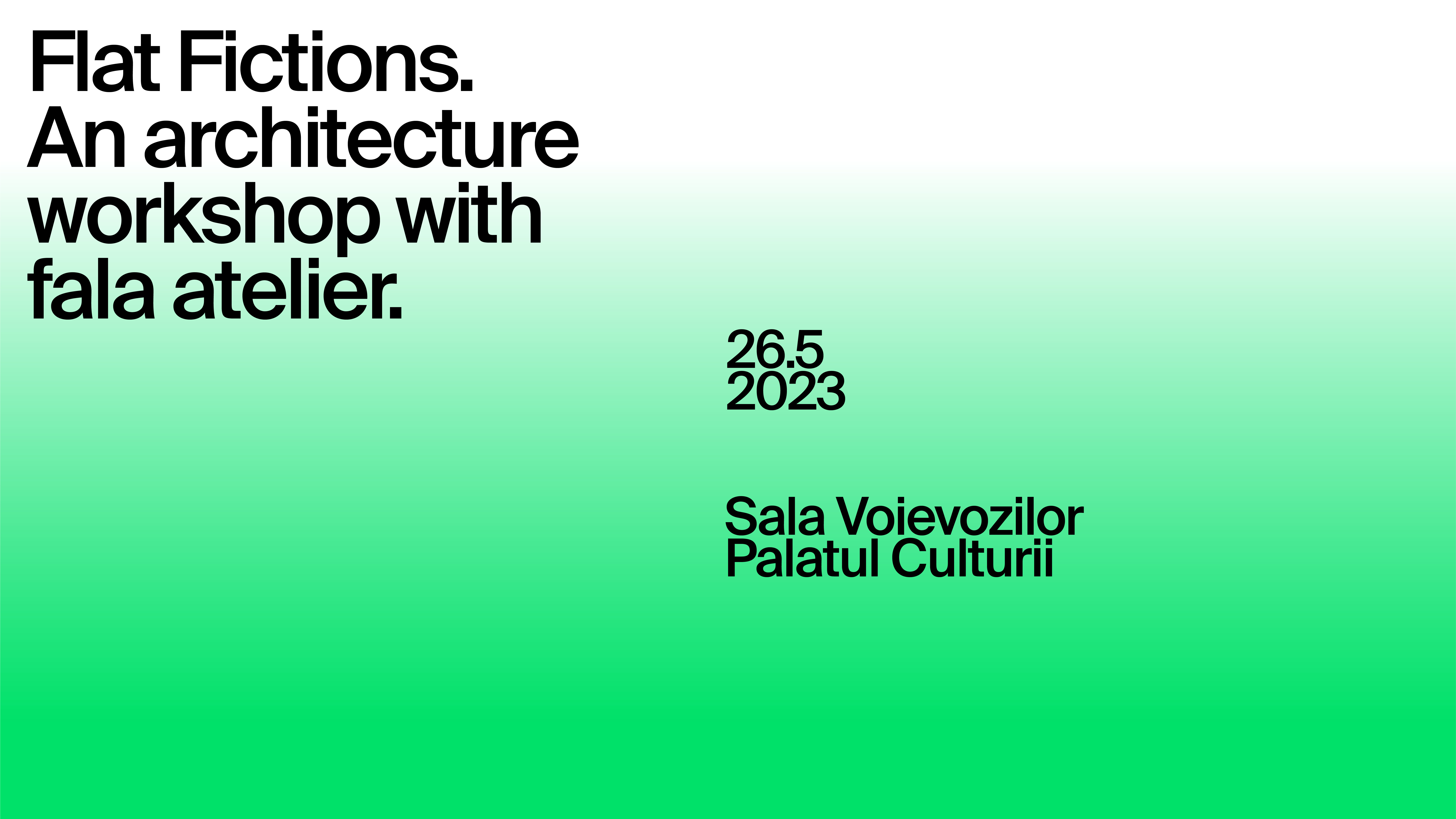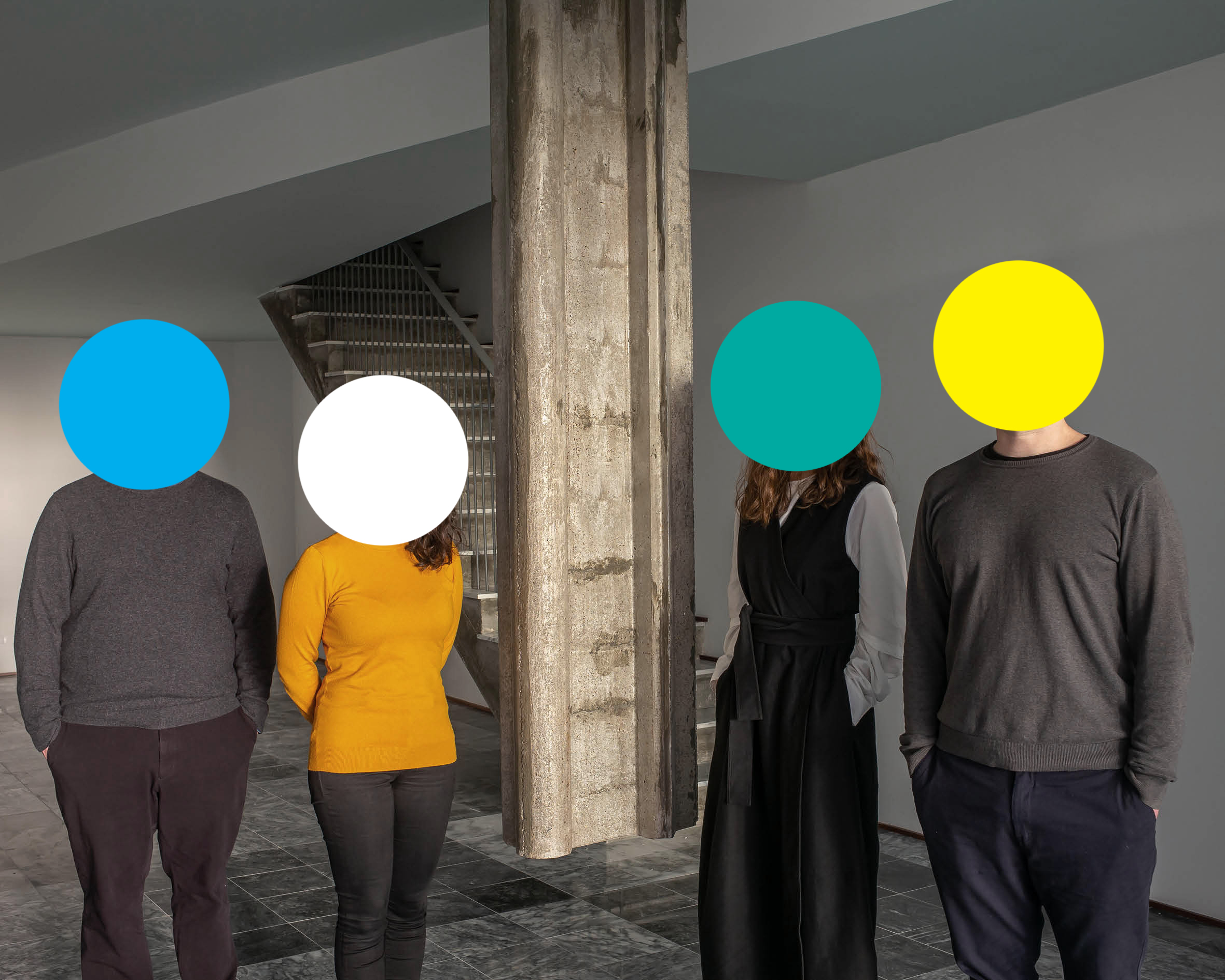
fala is an architecture practice based in porto, portugal. Founded in 2013, and led by filipe magalhães, ana luisa soares, ahmed belkhodja and lera samovich, fala has lectured worldwide at different universities and institutions, including the AA, RIBA and Barbican in London, The GSAPP in New York, The Graham Foundation in Chicago, Rice University in Houston, The Bozar in Brussels, and Casa dell’architettura in Rome. Besides its current teaching positions in Paris, Geneva and Lisbon, fala has taught at the faculties of architecture in Toronto, Milano, Venice, Munich and London, among others, and the atelier’s work has been exhibited at the architecture biennials in Venice and Chicago, The Serralves Foundation and The Pavillon de l’Arsenal in Paris, with single exhibitions in Germany, Italy, France and Portugal.
fala explores architecture focusing on the scale of the fragment, starting with a very limited vocabulary. They often have crushes on buildings, noticing the systematic seduction of some elements. They struggle to avoid obvious repetitions and remove things that are essentially uninteresting, arriving at a collection of ambiguous figures and impossible objects. These are the elements they study, multiply, magnify, and then perform through overlapping and juxtaposition of a variety of pieces.
Following the studio’s keen attention towards architectural representation, the workshop expands the idea of collage into an immersive exercise of architectural understanding. The process of representation follows a straight trajectory, defined by both fundamental and dogmatic parameters: it starts from idea and develops towards substance – basically, from concept to implementation. This formula suggests the relationship between architecture and the space that is to be built, drawings being the medium of communication. It is, therefore, an important task for the contemporary professional, that of constantly developing and researching representation formulas.
Since its debut (that is, 10 years ago), fala started using collage as a playful technique. It was an accessible formula of representation at the time, and it became the main tool for experimentation, offering freedom and a certain degree of abstraction that maintains a close relationship between architecture and the generating concept.
The one-day workshop consists of an exercise that will end up, through the process, in a philosophical and professional debate, capturing what collage is to architecture.
